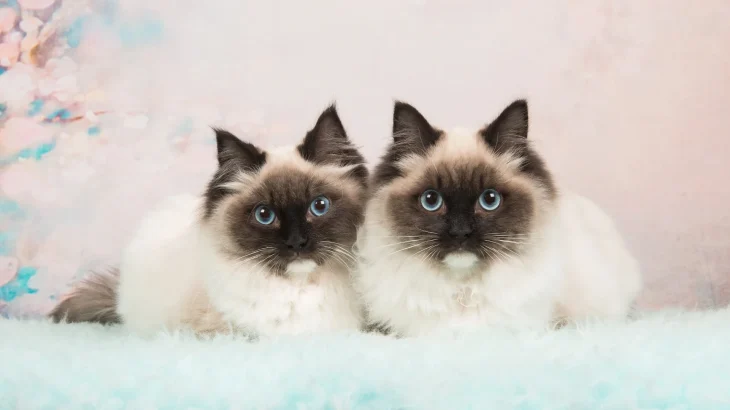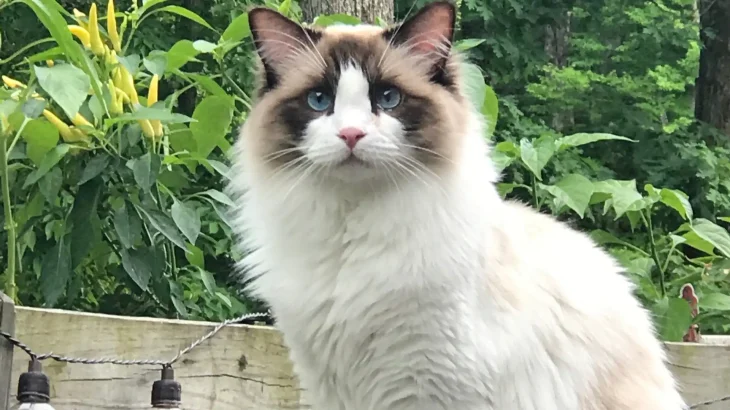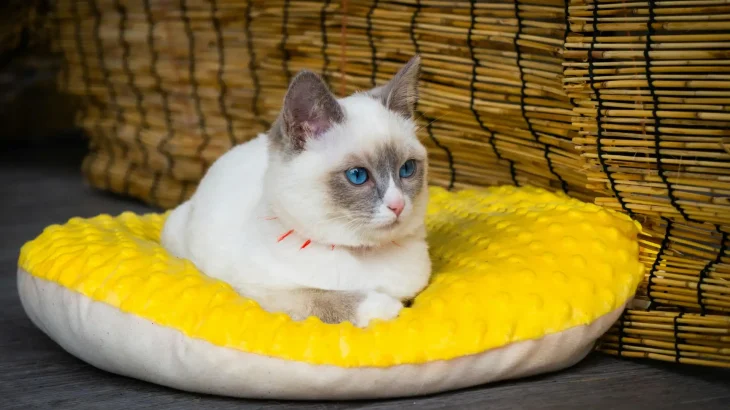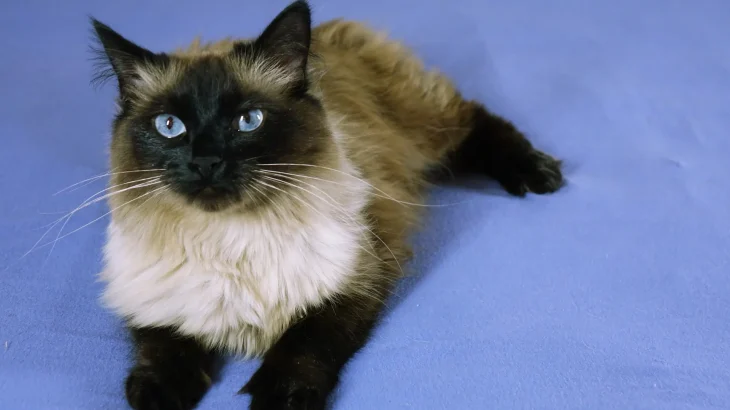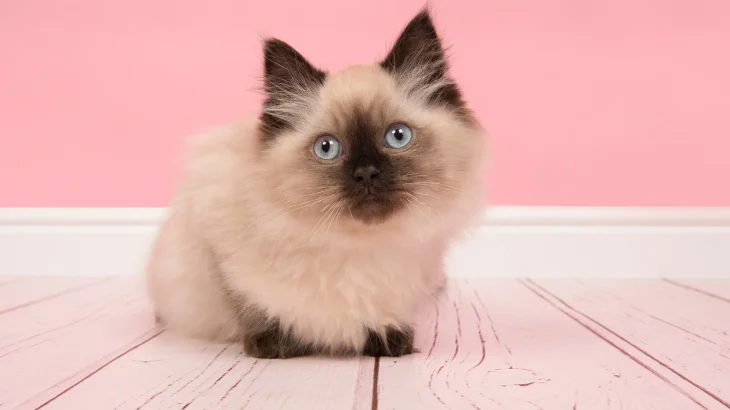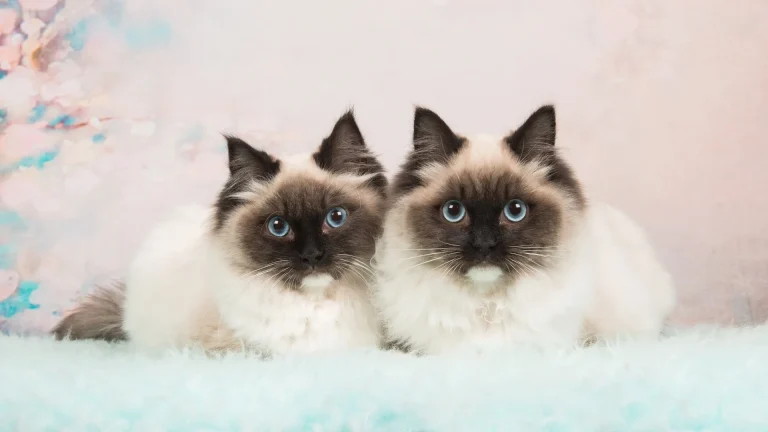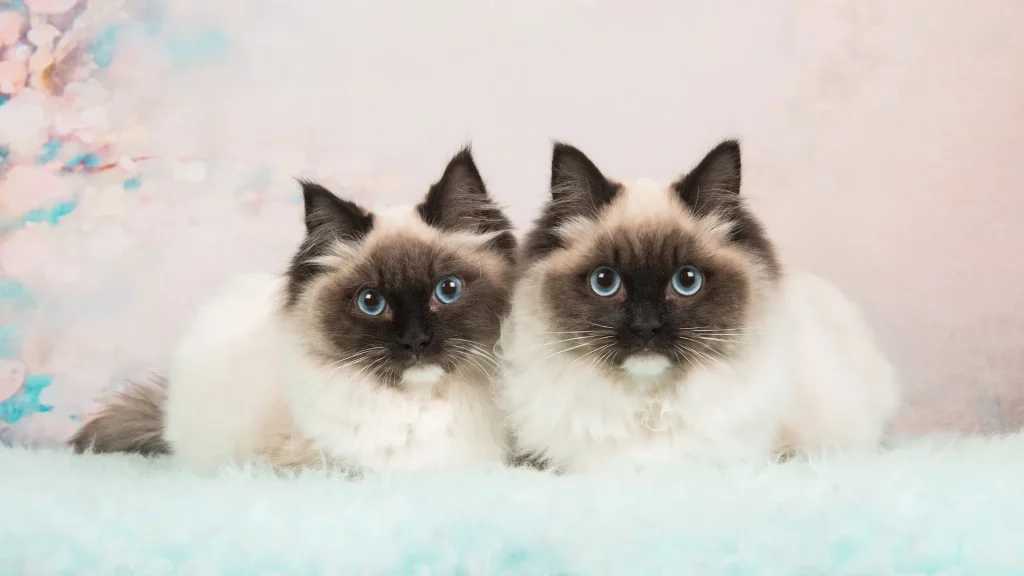When deciding how to welcome a Ragdoll kitten into your home, you can either adopt or purchase from a breeder. Each choice has unique benefits: adopting can give a deserving cat a second chance, while buying from a breeder often ensures info about the kitten's lineage and health. Your choice depends on what matters most to you in your new furry friend.
| Criteria | Buying from Breeder | Adopting from Shelter/Rescue |
|---|---|---|
| Cost | Typically higher, often $800 to $2,500 due to breed purity and care. | Generally lower fees, around $50 to $200, supporting shelter operations. |
| Health History | Comprehensive health records and genetic screening usually available. | Health history may be partial or unknown, though basic screening is done. |
| Age Availability | Primarily young kittens, allowing early socialization and training. | Wide range of ages, including kittens, adults, and seniors. |
| Temperament Insight | Breeders can provide detailed lineage temperament characteristics. | Shelters share observations, but full behavior background may be limited. |
| Supporting Practices | Supports breed preservation when sourced ethically. | Helps reduce shelter overcrowding and gives homes to cats in need. |
| Ethical Considerations | Choose responsible breeders to avoid unhealthy breeding. | Promotes animal welfare and reduces euthanasia risk for homeless cats. |

